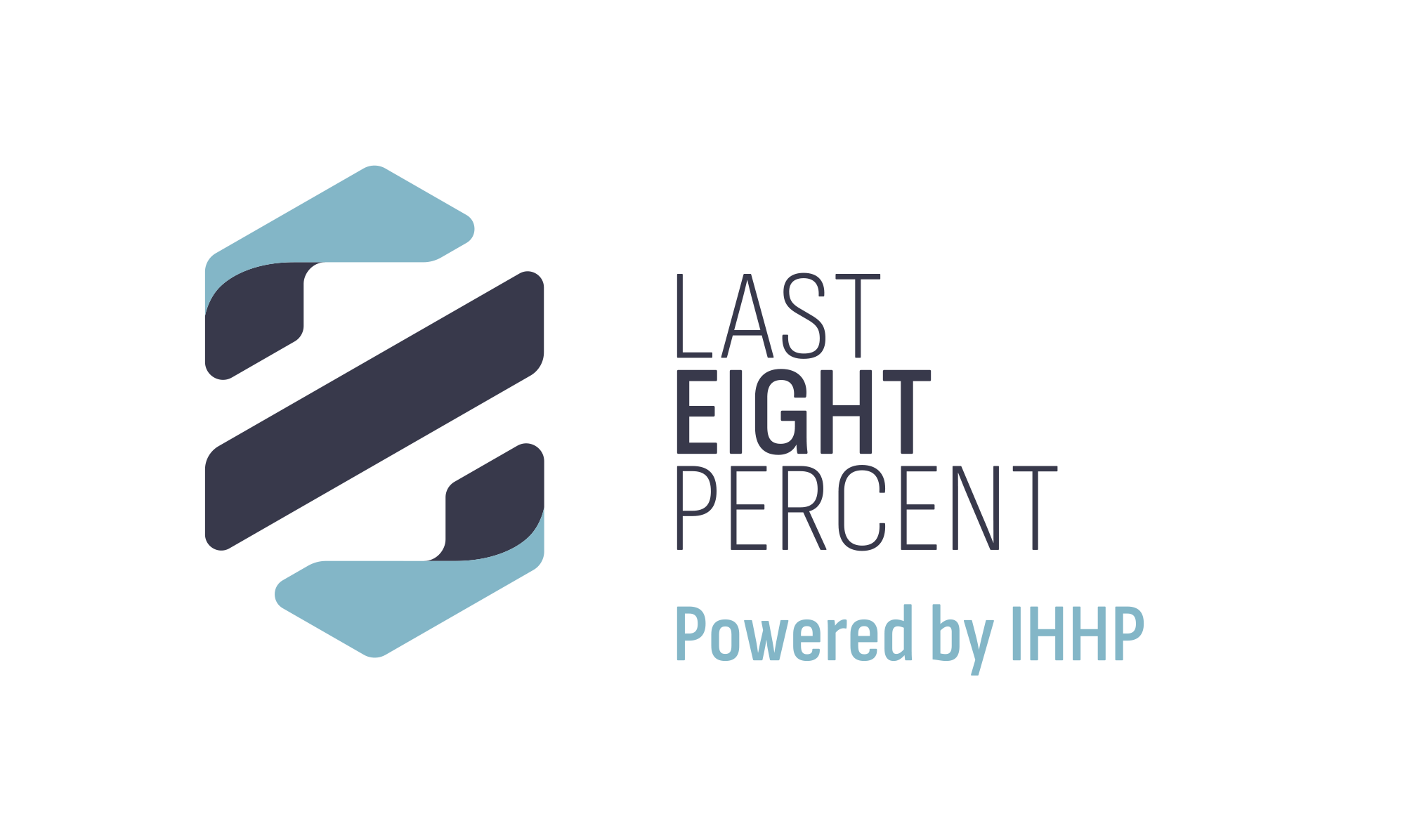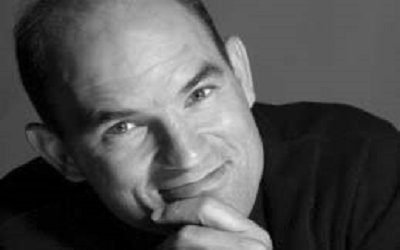The US election is in full swing and I am absolutely loving it. Why? Firstly because I am a huge political junkie. I just can’t read enough about what’s going on. Secondly, I think there are so many lessons to learn about how a leader is perceived based on the ability to perform under pressure. But mostly because during this election cycle I have had the sheer pleasure of connecting with my children over the course of the big events of this election. Our kids and I have watched almost every minute of the conventions and the debates that we could. And loved most of it. When you have 15 and 13 year olds, the opportunities to connect are a little more rare so when they appear, you grab it! And I have and for that I am grateful.
One of the questions our children have struggled with is how two individuals who are seemingly passionate about their country, could have such different views of the best path forward. Who is right? Who is wrong? I understand their dilemma. While there are many reasons why these candidates may have different views, what is clear is that they offer a real life example of how it is possible to see the same situation differently.
In this election (as in every election) can you see that each of these candidates has a good intention about wanting to make the country better? While some might disagree, I don’t think anybody believes that both of these two individual’s don’t want the best for their county. What is clear, however, is that they have a very different opinion about the best path forward to fix them, which brings us to the crux of the problem and the message of this article: what they each hold isa view of the situation, not the view.
Is someone right? Is someone wrong? Holding off your own partisan view for a moment (which I know can be difficult), can you simply see that there are at least two ways of looking at the exact same situation?
What most of us don’t realize is that this is the truth of life. There is no one way of viewing a situation, there are many ways. What we don’t understand is that we can choose different ways to view a situation. Instead, we get locked into one way of ‘seeing’ with no clue that we have a choice (discounting all other contrary information) and that these choices have significant consequences.
For instance, try this experiment at home (or at work): think of 5 things wrong with your life circumstance right now. Take a pen and write it down. 5 things that are not working about your job, or your family or where you live. How do you feel?
If you truly did this experiment, you probably feel awful. You’re most likely feeling full of tension. Full of cortisol (a chemical that, unless you are in danger, you don’t really want coursing through your body). This chemical reaction will also most likely make you less creative and much less of a risk taker. On top of that the mood you are developing is starting to infect other people, affecting their brain, increasing their blood pressure and minimizing their ability to problem solve.
Why does this happen? First of all, because of the way our brain works. Our brain cannot tell what is real from what is mentally rehearsed. It also does not understand that we are mentally rehearsing virtually all day long. Secondly, the way we ‘see’ has direct consequences on our neuroendocrine system, without us even knowing it. If we feel less in control or view our situations as more of a ‘crisis’ than a ‘challenge’, we turn on a specific brain system that leads to these effects. Our brain believes our thinking, gets stuck in our thinking. It can’t help it. That is just the way we are wired.
Now do the opposite: think of 5 things that are great about your life circumstance right now, that you appreciate about your life right now. Take a pen and write it down. 5 things that are fantastic about your job or your family or where you live right now. How do you feel?
Based on the neuroscience of how we see (and of appreciation), you have turned on a different brain system than before. You now have DHEA (a steroid hormone in your blood that has many anti-aging effects), as opposed to cortisol, which means that you are better able to deal with the challenge in front of you. You have your left prefrontal cortex engaged, not your right. This means that the probability that you will approach an ambiguous or difficult situation goes up significantly (important if you are leader as leadership, in our view, is not a position but an activity: the activity of doing what’s difficult). It means that you will be more creative and be better at problem solving. It also means that you will be shoring up your resources so that when you hit a setback, you will be better able to bounce back. It also means that you will infect other people with positive emotion. It will decrease their blood pressure and help them think better.
Do you realize the power you have right now over your life just based on how you choose to look at your circumstance? Like the candidates who are facing the same situation but have different views of how best to manage it, you have a choice about how you will choose to see your circumstances. This is not to say we need to be unrealistic and naïve. It does mean we need to take charge of our thinking. There is great research that tells us that only 10% of the circumstances we face are responsible for our happiness and wellbeing. Fully 40% is based on how we look at our circumstances and what actions we take.
Imagine that. Every day you can choose to see your life for, among other things, what is wrong or for what is right. This is where you have such power, such leverage. While in the past this may have seemed to be just hokey positive thinking, it is now clear from neuroscience that your choice turns on a specific brain system, with significant consequences for you and for others.
With the fall a time of thanksgiving, how can you embed the science of how we see and appreciation into your life?
What you can do:
1. A great exercise is to go and buy yourself a journal and write down 5 things you are grateful for every day. Do it every day for a month. Research tells us that new neuropathways will be built over time and it will become a ‘habit of thought’ that will transform your life.
2. Another idea that works well for our family is using appreciation or gratitude at dinner. As a form of grace, we go around and ask everyone what they are grateful for from their day. It is amazing how this starts to affect how our kids start to see the world. We know it is affecting their brains, the cortisol in their blood, the blood pressure around the table, and their level of happiness and meaning.
Bottom line? Take charge of how you choose to see the world. Better for you and better for everyone around you!

